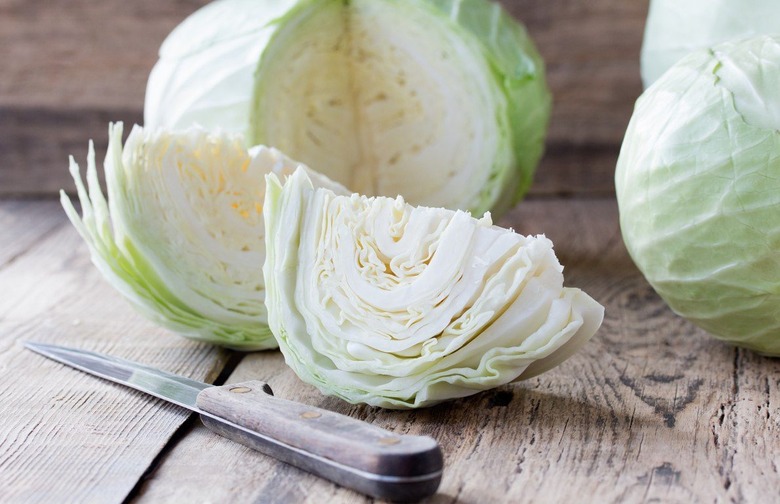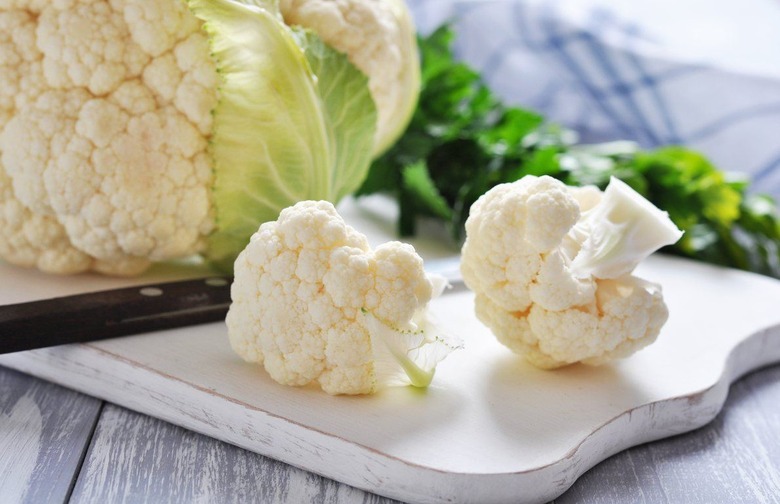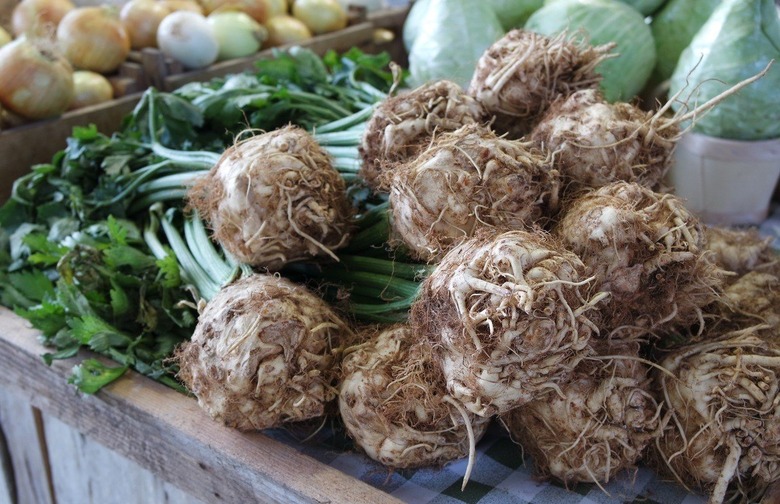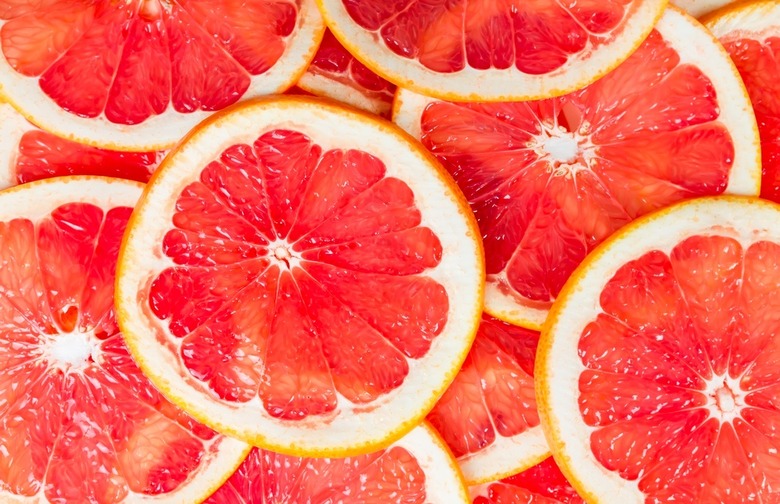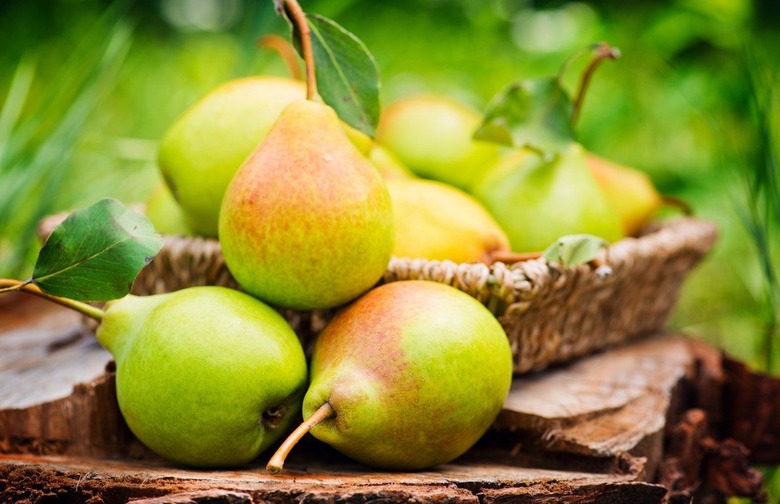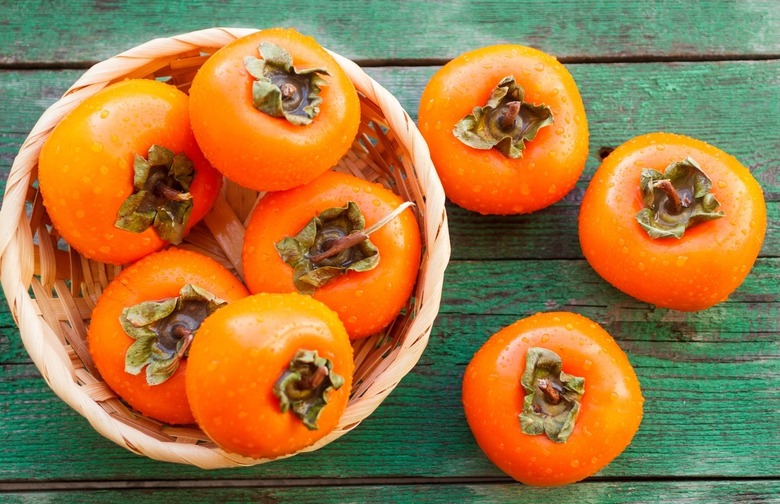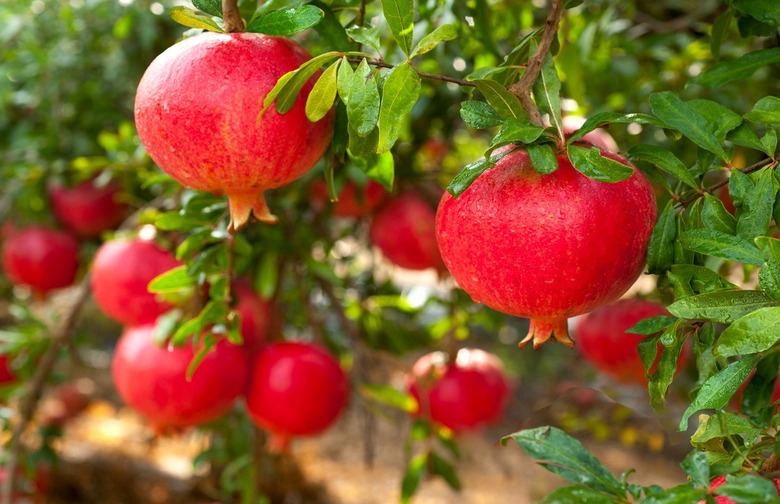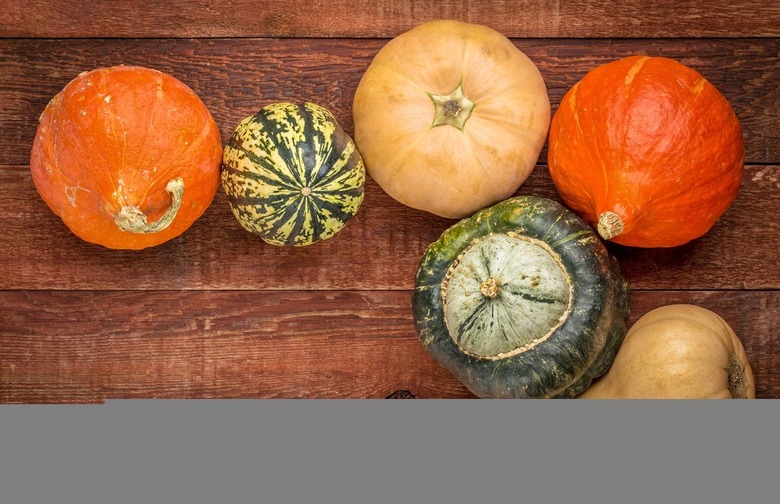9 Seasonal Superfoods That Will Make Your Holiday Meals Healthy And Delicious Slideshow
As far as trendy vegetables go, there's nothing more in vogue right now than Brussels sprouts. In the U.S., this traditional winter vegetable is in peak season from September to March, and when harvested from home gardens, Brussels sprouts are said to be sweeter after the first frost. Besides being absolutely delectable when roasted, Brussels sprouts have the nutritional profile of a tasty multi-vitamin, providing more than 100 percent of the recommended daily intake of vitamins C and K, as well as noticeable amounts of vitamin B6, folate, manganese, and iron.
Cabbage
Cabbage is an affordable and versatile winter superfood. It's especially rich in vitamins C and K, folate, and has been found to reduce cholesterol and lower the risk of certain cancers. Unlike other fresh vegetables, cabbage can be stored in the refrigerator for weeks when wrapped in plastic.
Try making this Savory Cabbage With Onion and Bacon recipe for a colorful holiday side dish.
Cauliflower
Cauliflower has become a popular replacement ingredient in recipes that call for potatoes or grains. White cauliflower is the most popular, but there are several other varieties such as orange, green, and purple, each containing a slightly different nutrient makeup. White cauliflower contains a cornucopia of vitamins and minerals including folate and vitamins B6, C, and K. It's also being researched for its phytochemical compound, isothiocyanate, which has been linked to destroying certain cancer cells. However, to fully take advantage of cauliflower's healthy properties, avoid boiling it — which kills a large proportion of the phytochemicals — and try steaming or roasting it instead.
Here are three recipes that can turn roasted cauliflower steaks into a delicious, vegetarian main course.
Celeriac
It might not be the sexiest winter vegetable, but its subtle yet earthy taste makes it the perfect addition to silky soups, crisp salads, and creamy gratins. The vegetable tastes like celery with notes of parsley, and — like celery — it is low in calories and high in fiber. Unless serving it raw, celeriac should be washed, peeled, and boiled, similar to a potato.
Try some of these celeriac-based recipes to incorporate this healthy root vegetable into your holiday meal.
Grapefruit
When you think of winter foods, grapefruit rarely comes to mind, but Florida and Texas grapefruits peak from December to April. The nutritional benefits of grapefruit are immense, with one large fruit containing 120 percent of your recommended daily intake of vitamin C.
Incorporate grapefruit into your holiday menu with this Double Grapefruit Greyhound cocktail, but just be careful not to mix grapefruit with certain prescription drugs.
Pears
Move over apples; winter is pear season. The Anjou variety, also known as the winter pear, is high in dietary fiber, which helps to alleviate constipation, among other benefits. Studies on animals have shown that pears may also be able to regulate alcohol metabolism and protect against ulcers.
Pears of all types work well in both sweet and savory dishes, and can be used raw in salads, atop soups, or in desserts like a classic poached pear. They also make tasty juices.
Persimmons
The persimmon is common in Eastern Asia but has recently become more prevalent in the United States, where it is in season from October to January. It resembles a tomato but with a muted orange hue. Persimmons can be eaten raw, dried, or cooked, but American-grown persimmons are best consumed when fully ripe. American persimmons are especially rich in vitamin C and iron, with three and a half ounces of fruit containing 80 and 19 percent of your daily recommended intake, respectively.
Incorporate them into your holiday feast with this recipe for Persimmon Upside Down Cake.
Pomegranates
The pomegranate is an underutilized ingredient in Western cuisine, but the fruit's luscious seeds can add a sweet and crunchy bite to salads and soups. Pomegranate juice has been touted by marketers as a way to reduce the risk heart disease, prostate cancer, and erectile dysfunction, but these claims were found by the Food and Drug Administration to be largely unsubstantiated. That said, research on animals has found the pomegranate to be a potent antioxidant and anti-inflammatory.
Fold pomegranate seeds into quinoa or use them to make these seductive chocolate pomegranate brownies.
Winter Squash
Gourds may be the symbol of fall, but they're at peak flavor during winter. Squash contains carotenoids (compounds responsible for the bright orange and yellow colors), vitamin A, and potassium, and can be roasted, blended into soups, or added warm to salads. Acorn, butternut, and kabocha squash all offer a different taste and texture, so don't be afraid to experiment with assorted varieties.
Try this recipe for caramelized butternut squash to add a sweet and savory side dish to the holiday meal.

